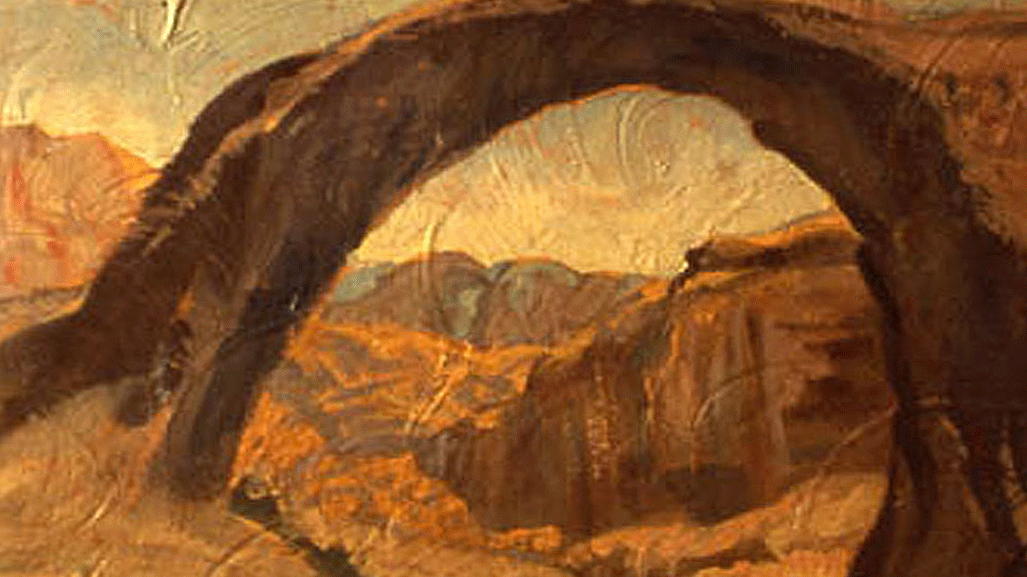Western artist Carl Von Hassler moved to Albuquerque, New Mexico in the early 1920s, was known as the “Dean of the Albuquerque Art Colony.” Born in Bremen, Germany, Von Hassler attended the Dusseldorf Art Academy.
In his early years in Albuquerque, Von Hassler's studio was in the original Casa de Armijo (now La Placita Restaurant) in Old Town. He was best known for his traditional realistic landscapes of New Mexico.
His paintings had an almost ceramic quality with colors that do not fade. He baked the paintings at up to 600 degrees. He also developed what he described as an "atomic substance" to paint on to withstand the heat. It made his paintings fire and heat resistant. One of his murals is on a wall at the Mineshaft Tavern in Madrid, NM.
Von Hassler was born March 18, 1887 of a Dutch father and a French mother on a train in Germany. He passed away in Albuquerque at the age of 83 on November 30, 1969.
In his early years in Albuquerque, Von Hassler's studio was in the original Casa de Armijo (now La Placita Restaurant) in Old Town. He was best known for his traditional realistic landscapes of New Mexico.
His paintings had an almost ceramic quality with colors that do not fade. He baked the paintings at up to 600 degrees. He also developed what he described as an "atomic substance" to paint on to withstand the heat. It made his paintings fire and heat resistant. One of his murals is on a wall at the Mineshaft Tavern in Madrid, NM.
Von Hassler was born March 18, 1887 of a Dutch father and a French mother on a train in Germany. He passed away in Albuquerque at the age of 83 on November 30, 1969.
Supported By
City of Albuquerque 1% for Art
City of Albuquerque 1% for Art
